An increasing number of industrial control systems are deploying field buses to control more sensors and actuators. As a key actuator in fluid control processes, electric actuators are commonly used in industrial applications. The most frequently used bus systems for electric actuators include Modbus, CAN, Profibus, DeviceNet, Foundation Fieldbus, HART, and Ethernet.
Common Bus Systems for Electric Actuators:
Modbus
CAN
Profibus
DeviceNet
Foundation Fieldbus (FF)
HART
Ethernet
Modbus
Compared to other field bus technologies, Modbus is simple but multifunctional. It provides all the services required for factory automation, such as exchanging simple binary information, analog values, device parameters, or diagnostic data.
For factory automation and devices like Profibus, a simple and robust physical layer, RS-485, is typically used. Based on this physical layer, Modbus supports various telegram formats, such as Modbus RTU or Modbus ASCII. Using the Ethernet-based Modbus TCP/IP version allows vertical integration with host automation systems.
Funksjoner:
Simple protocol
Suitable for simple industrial automation environments
www.modbus.org
CAN (Controller Area Network)
CAN is a serial communication protocol standardized by ISO and was first proposed by Bosch in 1986. It is widely used in automotive electronics, industrial automation, marine, medical devices, and industrial equipment.
CAN has two standardized protocols: ISO11898 for high-speed communication (125Kbps–1Mbps) and ISO11519-2 for low-speed communication (below 125Kbps). CAN is highly reliable and supports multi-master control, fast transmission speeds, and flexible node additions.
Funksjoner:
Multi-master control
Fast transmission speed
Flexible node addition
Profibus
PROFIBUS is an international, open, and device-independent field bus standard. Its transmission speed ranges from 9.6 kbaud to 12 Mbaud. PROFIBUS is widely used in manufacturing automation, process industry automation, and building automation.
PROFIBUS consists of three compatible parts:
PROFIBUS-DP (Decentralized Periphery) for communication between device-level control systems and distributed I/O.
PROFIBUS-PA (Process Automation) for connecting sensors and actuators on the same bus, with intrinsic safety standards.
PROFIBUS-FMS (Fieldbus Message Specification) for workshop-level monitoring with real-time multi-master networking.
Funksjoner:
Open architecture
Reliability
Flexibility
Real-time performance
DeviceNet
DeviceNet is a low-cost communication bus connecting industrial devices like limit switches, sensors, valves, motor starters, and more, eliminating expensive hardwiring costs. It improves communication between devices and provides significant device-level diagnostic functions that are difficult to achieve with traditional I/O interfaces.
DeviceNet is based on the CAN protocol, providing real-time data transmission. It supports point-to-point, multi-master, or master/slave communication, and can connect up to 64 nodes. Its transmission speeds are 125kb/s, 250kb/s, and 500kb/s.
Funksjoner:
Low-cost communication
Simple network solution
Open standard for hardware and software
Diagnostic capabilities
Foundation Fieldbus (FF)
Foundation Fieldbus is specifically designed for process automation, with the FF H1 protocol for field-level transmission. FF supports various topologies and enables direct communication between devices when equipped with a link active scheduler (LAS).
Funksjoner:
Flexibility in topology
Supports decentralized digital control
Direct communication between field devices
Based on standardized function blocks for input/output
HART (Highway Addressable Remote Transducer)
HART uses the standard 4-20 mA analog signal for transmitting both analog and digital data. HART communication modulates the additional signal over the analog 4-20 mA signal, allowing the transmission of both digital and analog signals simultaneously.
It supports the master/slave principle and is often used in point-to-point communication.
Funksjoner:
Uses existing 4-20 mA infrastructure
Digital communication for additional parameters and diagnostics
Supported by a wide range of devices
www.fieldcommgroup.org
Ethernet
Today, classic Ethernet has become the leading data network standard in office environments. “Industrial Ethernet” refers to enhanced Ethernet that can be used in industrial automation environments.
Funksjoner:
Real-time and IT data transmission over common media
Praktisk talt ubegrenset antall deltakere og utvidelse av nettverket
Scalable and flexible topology
High-speed data transfer, even for large data volumes
Easy integration with network servers and IoT interfaces (e.g., OPC UA)
Industrial Ethernet protocols like Profinet, Ethernet/IP, and Modbus TCP are integrated directly into DCS systems and ensure reliable communication and easy access to field-level devices.

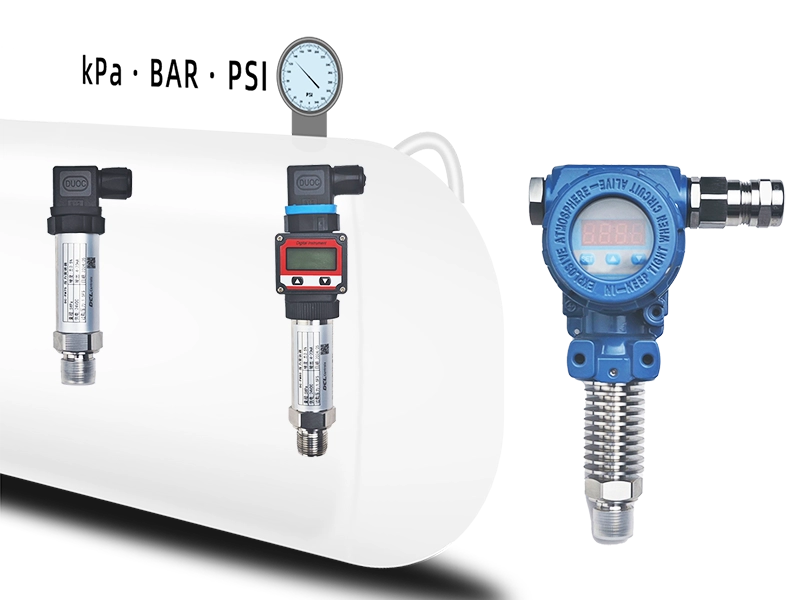
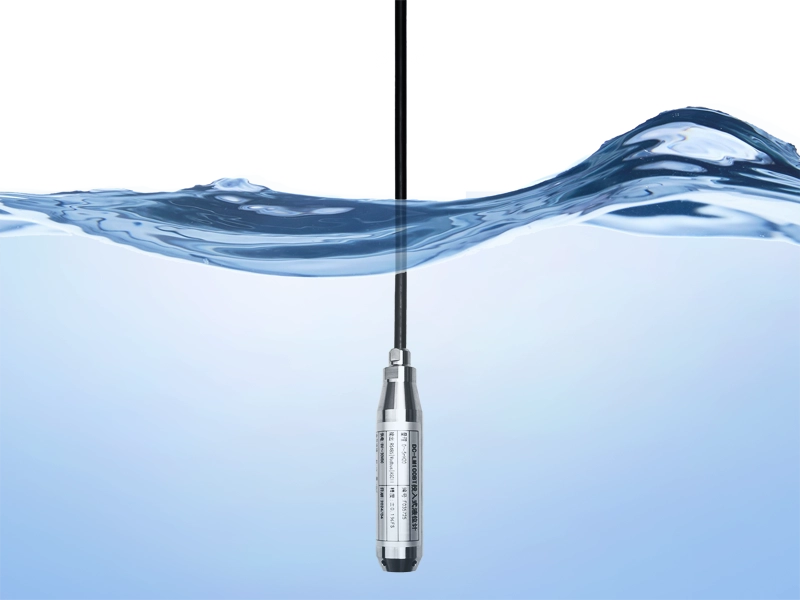





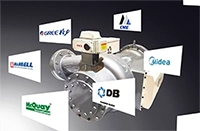


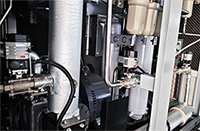
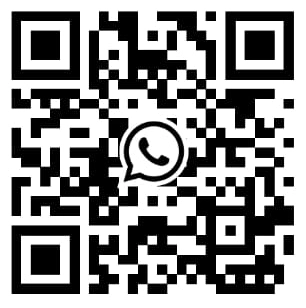


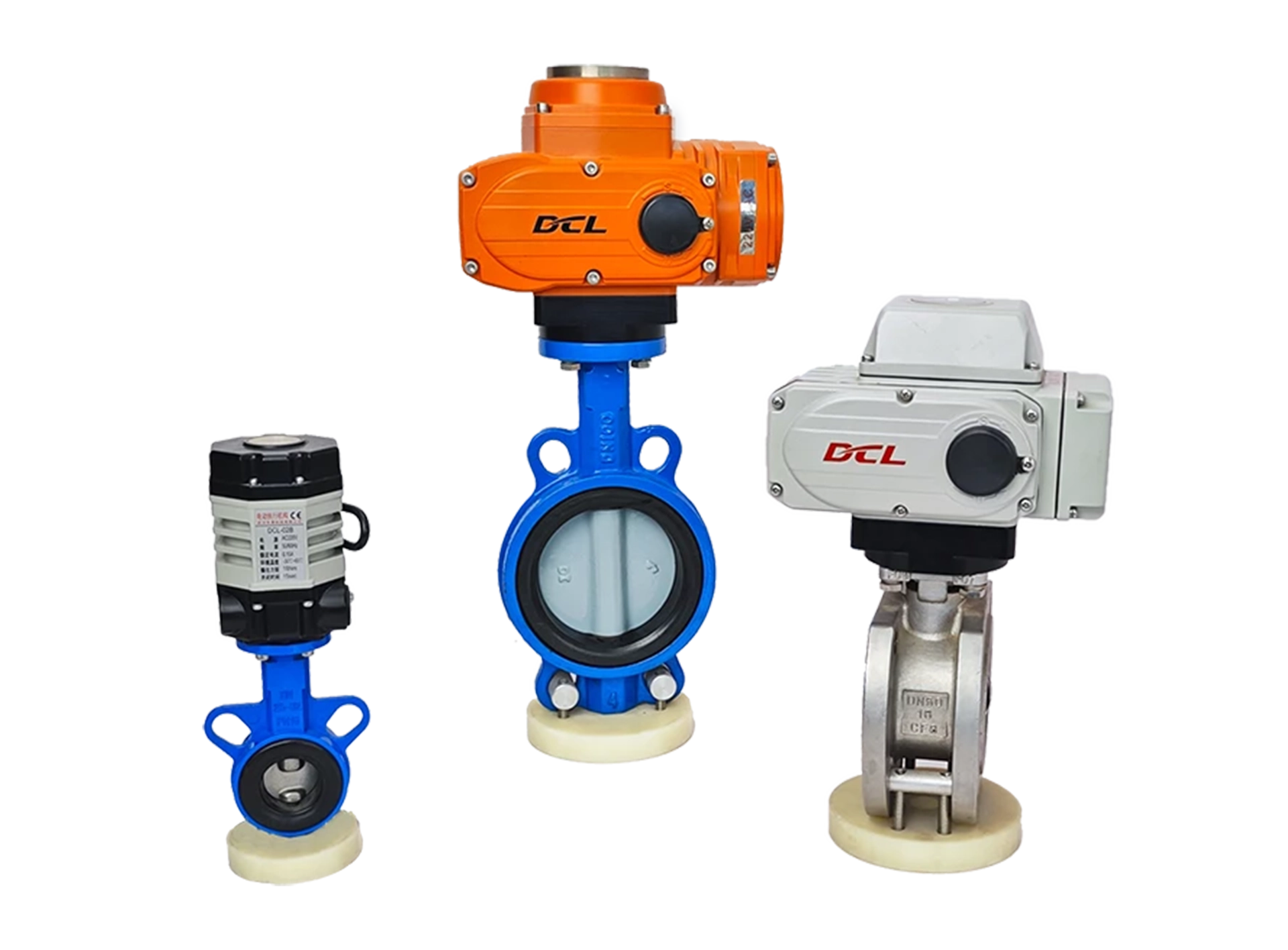












 鄂公网安备 42018502006527号
鄂公网安备 42018502006527号